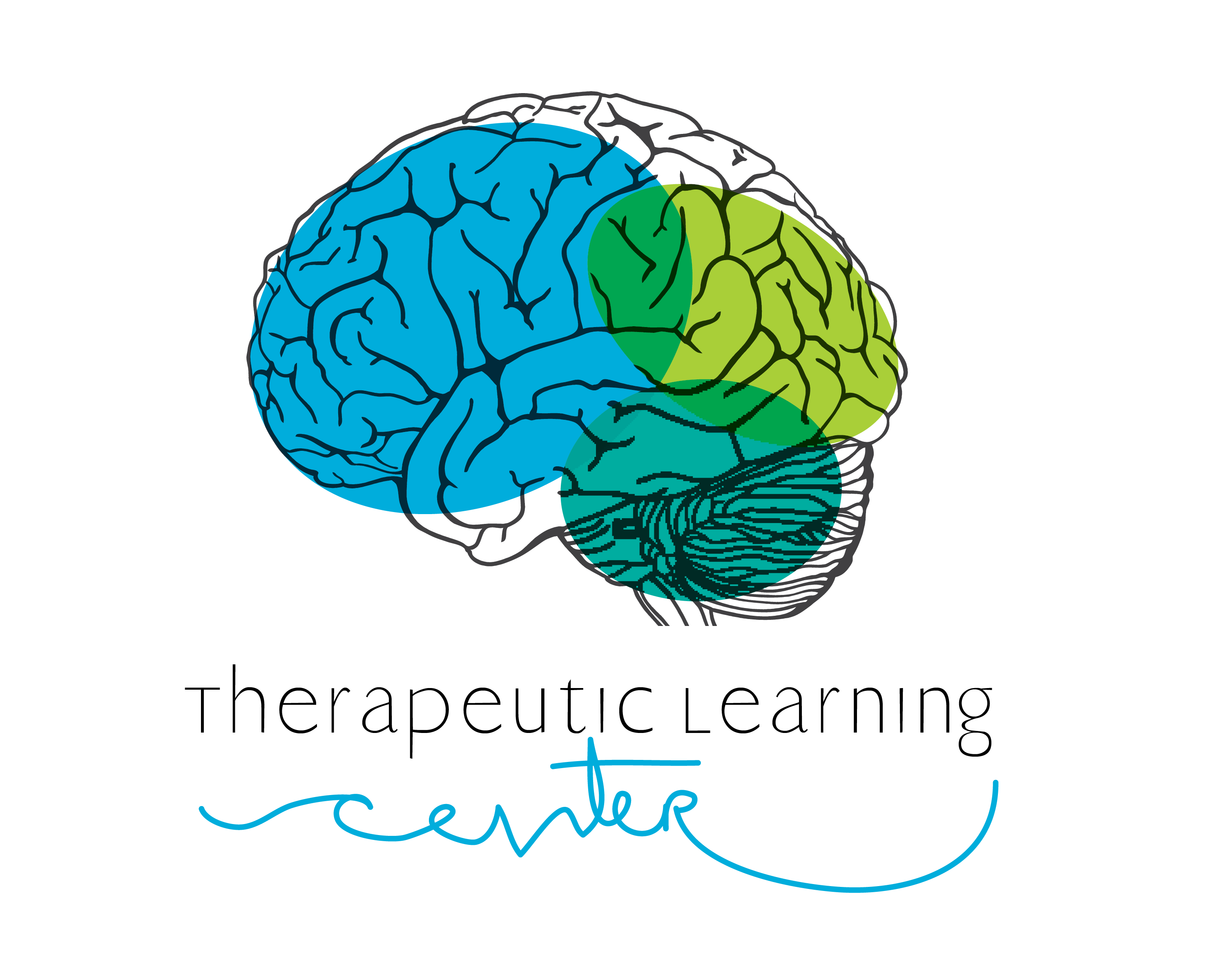If your child experiences reading difficulties, you’ve likely been researching the issue hoping for understanding of their learning struggle. If so, you may have become familiar with 

Indeed, you may already suspect that your child exhibits some level of disability in terms of auditory processing and are now trying to figure out if:
1- the experts know enough about it to have developed successful therapies, and
2- whether your child is a good candidate for these therapies.
Studies are still being done, research articles published, and books are still being written that emphasize the importance of auditory processing in learning to read, communicating with oral and written language, and developing adequate social skills. At TLC, I have seen this verified over and over in my clinical work with students.
As I have worked in this area, I have been continuously reminded of the wholeness of learning and of the learner. I have previous written about the auditory system, (“Breakthroughs in Auditory Processing” at www.learningdisability.com) and its connections not only with the language center of the brain, but with the vestibular system (our system of balance and movement), and the automatic functions of the body (respiratory, digestive, and eliminatory).
When we use sound therapy to stimulate the auditory system, we find the results to be more global than the original goals of increasing phonemic awareness, reading, or language skills. Improvements in handwriting, posture, sleep habits, communication, social skills, confidence, calmness and math are a few of the peripheral changes we have seen.
Dr. Alfred Tomatis, a French ENT (Ear, Nose and Throat specialist), discovered in the early 1950’s that the ay we listen has a profound impact on nearly every aspect of our lives. He also discovered that many learning problems are the direct result of listening problems. He distinguished hearing from listening, indicating that they are actually two different functions of the ear.
Hearing is the passive perception of sound. Listening, on the other hand, involves the desire and ability to focus on selected sounds; to choose what sound information we want to attend to so that we can process it in a clear and organized manner.
Listening is closely related to attention and concentration, and integration, understanding and retention of auditory information, and therefore, critical to learning.
What happens when a person’s hearing is good, but their listening is poor?
Surprisingly, poor listening can affect a wide number of areas. Canadian Listening Therapist and author Paul Madaule has put together a checklist of abilities or qualities that relate to listening skills. There is no score, but this tool may be helpful evaluating an individual’s ability to listen, and therefore to learn. This checklist is reprinted here with the permission of The Listening Center, Toronto (www.listeningcenter.com)
Listening Skills Checklist
Development History: Our early years
This knowledge about our younger years is extremely important in early identification and prevention of listening problems. It also sheds light on possible causes of listening problems.
- A stressful pregnancy
- Difficult birth
- Adoption
- Early separation from the mother
- Delay in motor development
- Delay in language development
- Recurring ear infections
Receptive Listening: Our external environment
This type of listening is directed outward to the world around us. It keeps us attuned to what’s going on at home, at work, in the classroom or with friends.
- Short attention span
- Distractibility
- Over-sensitivity to sounds
- Misinterpretation of questions
- Confusion of similar-sounding words
- Frequent need for repetition
- Inability to follow sequential instructions
Express Listening: Our internal atmosphere
This is the kind of listening that is directed within us. We use it to listen to ourselves and to gauge and control our voice when we speak and sing.
- Flat and monotonous voice
- Hesitant speech
- Weak vocabulary
- Poor sentence structure
- Overuse of stereotyped expressions
- Inability to sing in tune
- Confusion or reversal of letters
- Poor reading comprehension
- Poor reading aloud
- Poor spelling
Motor Skills: Our physical abilities
The ear of the body (the vestibule), which controls balance, muscle and eye coordination and body image needs close scrutiny also.
- Poor posture
- Fidgety behavior
- Clumsy, uncoordinated movements
- Poor sense of rhythm
- Messy handwriting
- Hard time with organization, structure
- Confusion of lefts and rights
- Mixed dominance
Level of Energy: Our fuel system
The ear acts like a dynamo (a powerful motor), providing us with the “brain” energy we need to not only survive but also to lead fulfilling lives.
- Difficulty getting up
- Tiredness at the end of the day
- Habit of procrastinating
- Hyperactivity
- Tendency toward depression
- Feeling overburdened with everyday tasks
Behavioral and Social Adjustment: Our relationships skills
A listening difficulty is often related to these qualities of interacting with others.
- Low tolerance for frustration
- Poor self-confidence
- Poor self-image
- Shyness
- Difficulty making friends
- Tendency to withdraw or avoid others
- Irritability
- Immaturity
- Low motivation, no interest in school/work
- Negative attitude toward school/work
At the Therapeutic Literacy Center in Solana Beach, we use Samonas Sound Therapy, Auditory Stimulation Training system, metronome and audio-vocal training to stimulate the auditory system and improve listening and listening-related skills. As students become better listeners, they have also become better learners.
Here is one story:
John came to the learning center as a 7 year old. He had been diagnosed with apraxia, which affected his gross motor coordination, graphomotor skills (handwriting), and oral motor skills. When he started, John showed extreme difficulty with any fine or gross motor movements, organization, or coordination. He had difficulty articulating sounds and words and difficulty expressing himself in a way that others could understand. He was obviously very bright, but had difficulty with social and language comprehension. He had huge amounts of uncontrolled energy and serious attention problems. He could attend to a task for only 10-15 minutes with re-direction. He was a non-reader, had trouble making friends, and had poor self-esteem.
After 4 weeks of sound therapy, John had better control in swimming; more eye contact; clearer, more controlled language; and had begun asking questions about conversations and other things in general.
After 6-7 weeks of sound therapy, John was using larger words and more mature sentences and questions. His sentences were no longer fragmented. He showed dramatic 

John’s learning skills improved dramatically as a result of his listening therapy. His increased attention, motor coordination, articulation, communication, and auditory and language processing abilities allowed him to be ready for further processing skills development and academic skills. John is now reading at grade level!
Samonas Sound Therapy is a music and sound stimulation method that focuses on re-educating the ear and auditory pathways for increased attention, communication, listening, and sensory integration. This is accomplished through the use of specially modified classical music and nature sounds that stimulate the hearing mechanism to take in a full spectrum of sound.
Samonas was developed by German sound engineer, Ingo Steinbach. With his background in physics and music, Steinbach combined the principles of Dr. Alfred Tomatis with advances in technology and physics to develop the Samonas recordings.
Find out if your child’s learning struggle may actually be a listening issue. Call or contact us today to talk about your child’s needs and how we and our tailored programs can help them overcome the challenges they are facing!



